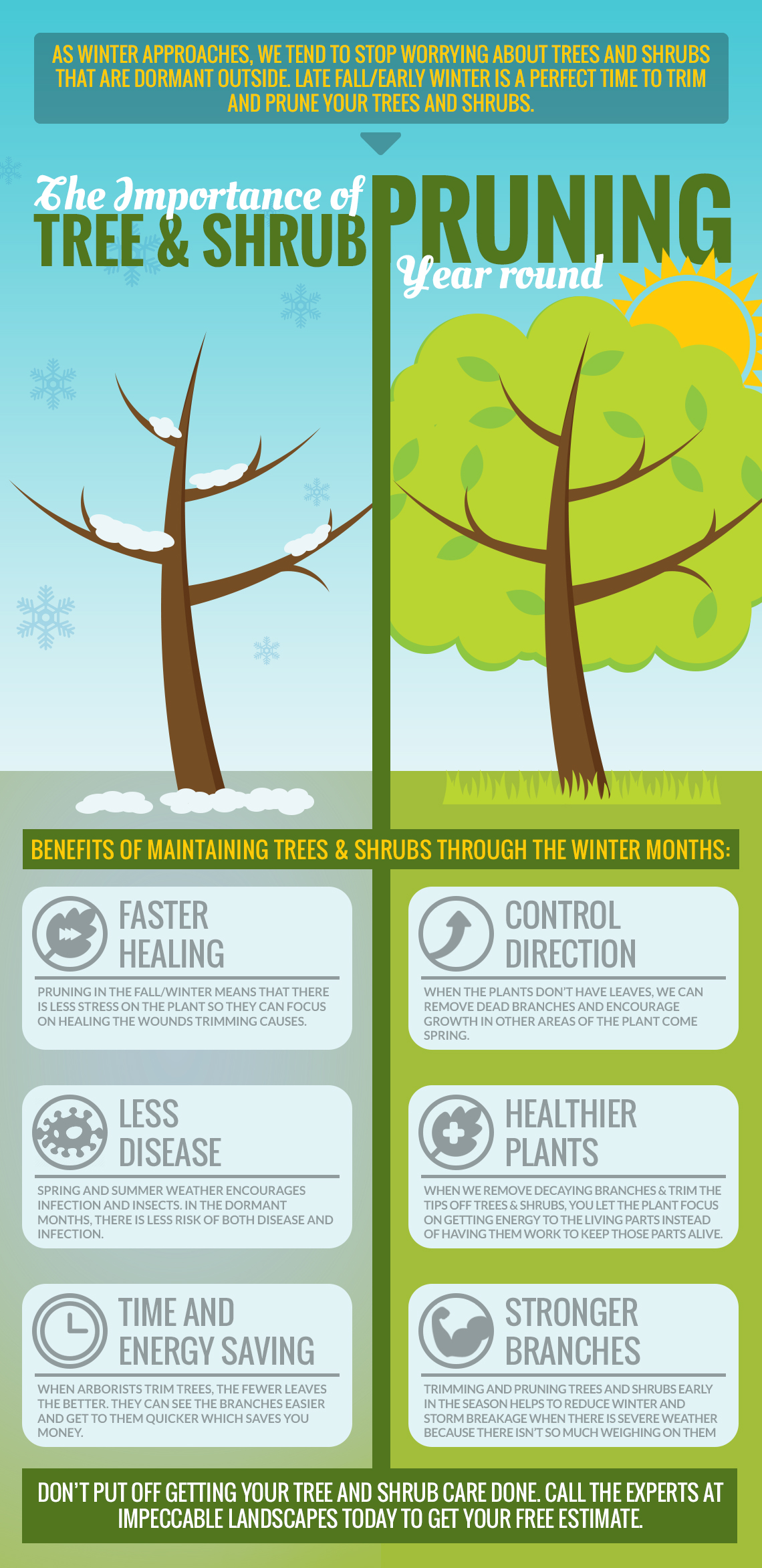Look For Considerable Warnings That Your Tree Could Be A Hazard; Understanding These Can Aid Guard Your Home And Your Family.What Should You Watch Out For Next?
Look For Considerable Warnings That Your Tree Could Be A Hazard; Understanding These Can Aid Guard Your Home And Your Family.What Should You Watch Out For Next?
Blog Article
Material Writer-Winther Emerson
When it comes to tree treatment, identifying the indicators that it's time for removal is necessary for your safety and residential or commercial property. You might discover stained leaves, wilting branches, or odd fungal growths indicating illness. Structural concerns, like a considerable lean or cracks in the trunk, can additionally posture risks. Understanding these indication can aid you make notified choices concerning your trees and prevent potential risks prowling in your yard. What should you seek next?
Indications of Decay and Condition
When you observe indicators of decay and illness in your trees, it's essential to act swiftly. Try to find blemished fallen leaves, wilting branches, or uncommon growths like fungus. These can indicate that your tree is struggling.
If you see fractures in the bark or soft, mushy wood, these symptoms suggest interior degeneration. Furthermore, a sudden rise in parasites around your tree can signify that it's damaged and at risk.
Look for any dead or passing away limbs, as they posture a threat to your home and safety and security. If you're uncertain regarding what you see, seeking advice from an arborist can supply clearness.
Addressing these indicators early can save you from more substantial damage and make certain the health and wellness of your backyard. Do not wait until it's far too late.
Structural Instability and Leaning
As you observe your trees, keep an eye out for any indications of structural instability or leaning. If a tree leans significantly, it may indicate that the origin system is endangered.
Try to find any splits in the trunk or soil around the base; these can indicate prospective failing. Additionally, check for unusual growth patterns, like a lopsided crown, which may recommend that the tree is having a hard time to hold itself upright.
If you notice that the tree leans toward your home, power lines, or various other structures, it postures a greater risk. https://www.google.com/maps/uv?pb=!1s0x87695392e3f6d517%3A0xc91102aef5ddf5d8!5sPrecision%20Timber%20Felling!15sCgIgARICEAE&authuser=2&imagekey=!1e10!2sAF1QipP2w_Yz83FRZj_n9omKMQWhngJQbZcsPDDJ-G6R neglect these indications-- get in touch with an arborist to evaluate the circumstance.
Doing something about it early can avoid expensive damages and ensure your security.
Dead or Dying Branches and Foliage
If you observe dead or dying branches and foliage on your tree, it's a clear indicator that something's incorrect.
These undesirable areas can indicate underlying issues like disease, insect problems, or environmental stress. When branches lose their leaves or turn brown, they're no longer contributing to the tree's health and wellness. Neglecting these signs can result in additional decline, making your tree more unsafe.
Dead branches can conveniently break off during storms, posing a danger to residential or commercial property and individuals nearby. It's vital to evaluate the extent of the damages.
If the trouble impacts a substantial part of the tree, take into consideration getting in touch with a professional. They can aid identify if elimination is required to make sure safety and security and maintain the charm of your landscape.
Final thought
If you discover any kind of indicators of degeneration, structural instability, or dead branches on your trees, don't disregard them. How To Prune Plum Trees can pose severe safety and security risks to you and your residential property. It's always best to get in touch with a professional arborist that can offer an expert assessment of your trees. Taking action early can stop crashes and costly damages, guaranteeing your landscape continues to be risk-free and healthy and balanced. Bear in mind, it's much better to be proactive regarding tree care than to wait for a disaster to occur.
